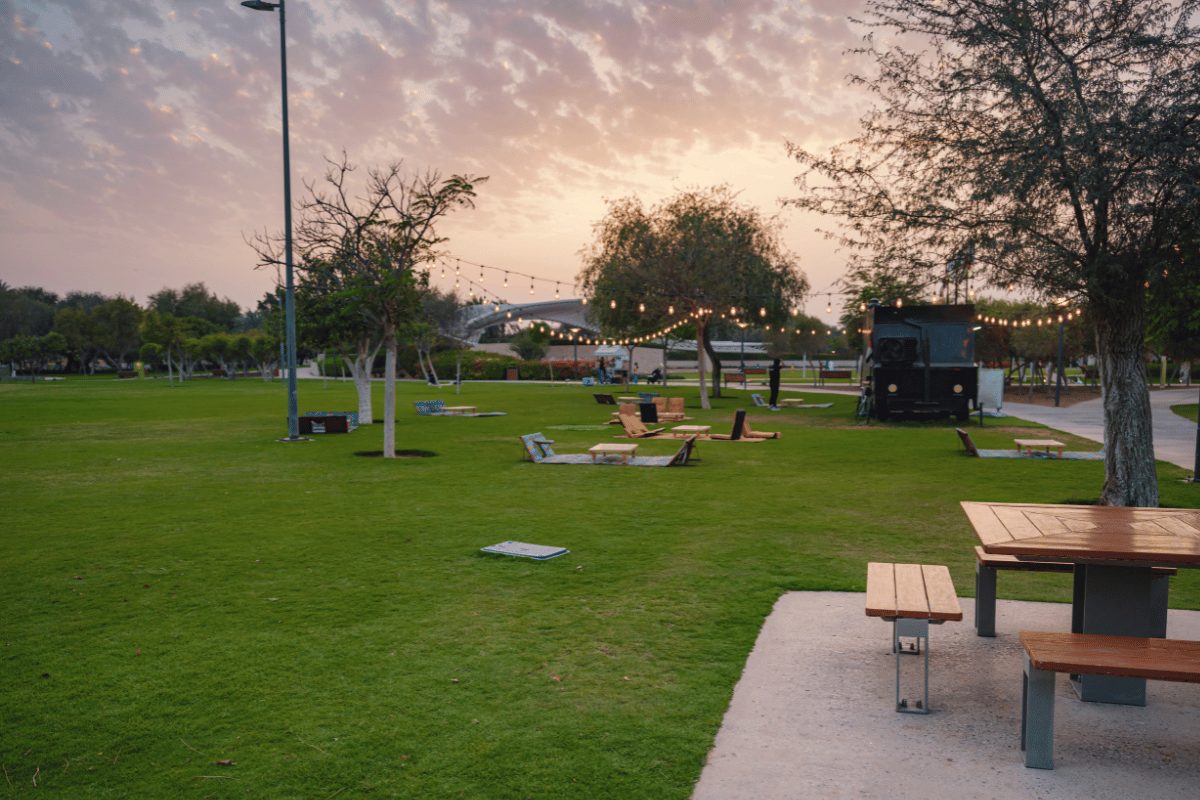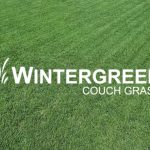As urban areas continue to grow, councils, developers and community planners face the challenge of creating public open spaces that are both functional and sustainable. From parks to sports fields, playgrounds to roadside verges, these spaces are vital for community wellbeing. Turf is increasingly recognised not just for its aesthetic appeal, but for its sustainability credentials, making it the responsible choice for public open spaces.
Environmental benefits of turf in public spaces
Turf plays a critical role in reducing urban heat and improving air quality. Grassed areas can be up to 10–15°C cooler than hard surfaces like concrete or asphalt, helping to combat the urban heat island effect. Additionally, healthy turf absorbs carbon dioxide, traps dust and pollutants, and releases oxygen, creating a cleaner, more breathable environment for residents. Turf also protects against soil erosion, particularly on sloped or high-traffic areas, reducing the risk of sediment runoff into local waterways. Unlike some alternative ground covers, well-established turf forms a dense root structure that stabilises the soil year-round.
Water efficiency and modern turf varieties
Modern turf varieties are far more drought-tolerant than ever before. By using drought-tolerant turf, councils can reduce water usage, supporting sustainable water management practices without compromising on quality. Maintenance can also be environmentally friendly. Smart mowing schedules, organic fertilisers and integrated pest management reduce chemical use and lower emissions from maintenance equipment. Turf, therefore, offers a low-impact, green solution for public spaces.
Community health and wellbeing
Sustainable design isn’t just about the environment; it’s about community health and wellbeing. Turf provides safe, soft surfaces for play and recreation, encourages outdoor activity and enhances mental wellbeing. Green spaces with turf contribute to a sense of community pride, making them spaces people want to care for and enjoy. While some might see turf as a traditional option, it is actually a forward-thinking investment in sustainability. Durable turf varieties can withstand heavy foot traffic, reducing the need for frequent replacements and minimising environmental waste. Over time, this means fewer resources spent on maintenance and replacement, reinforcing turf as a smart, sustainable choice.
Choosing turf for public open spaces is more than just an aesthetic decision; it’s a commitment to sustainability. From environmental benefits and water efficiency to community wellbeing and long-term resilience, turf is a responsible, practical and forward-thinking solution for councils and developers alike. Allenview Turf has supplied premium turf to commercial projects across Southeast Queensland for over 15 years, building genuine industry partnerships through clear communication, on-time delivery and personalised support.






